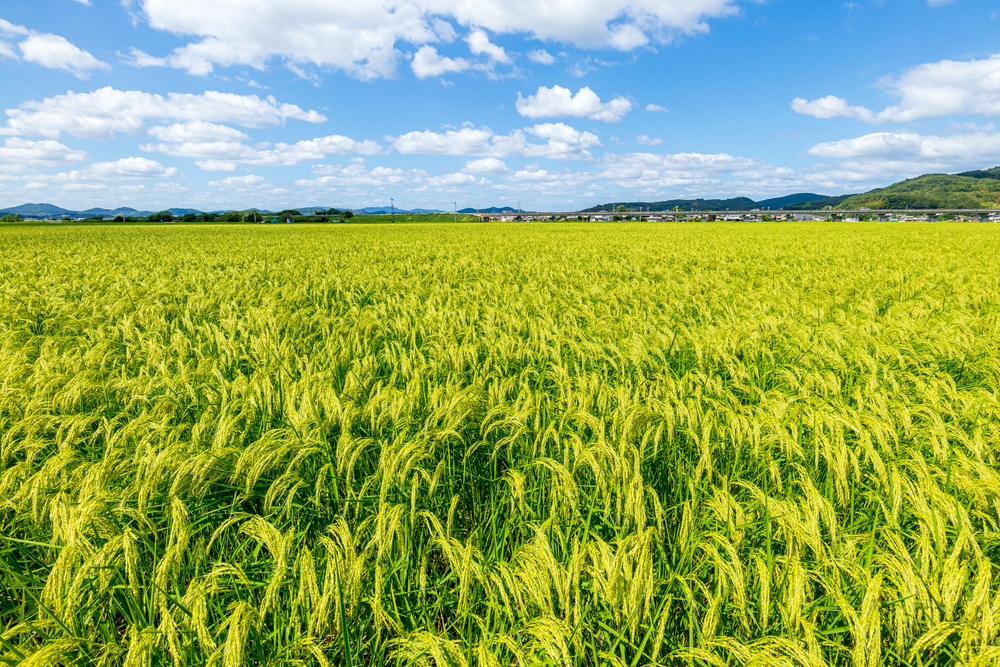Japan turns to agritourism to help the tourism sector
A 2021 report by WTTC revealed the increasing consumer interest in sustainable travel and rural tourism

Apart from being a food staple, rice may have a greater role to play in terms of Japanese tourism, according to The Japan Times.
As the country’s tourism sector starts to recover, rural travel stakeholders are hoping that activities and businesses such as farm stays, food tours, rice-planting, and harvesting excursions make a comeback as travellers opt for expansive spaces and open-air activities. A domestic survey from 2021 revealed that 31 percent of respondents wanted “nature and scenery” on their next domestic trip while 21 percent sought “outdoor activities.”
A 2021 report by the World Travel & Tourism Council (WTTC) revealed that there was an increasing consumer interest in sustainable travel and rural tourism.
More: Japan further eases border restrictions, prioritises domestic travel
It is here that agritourism comes into play. It is based on the current demand for economically, environmentally, and sustainably based tourism that was valued at USD69.2 billion in 2019 and is anticipated to reach USD117.4 billion by 2027, reported Fortune Business Insights.
Meanwhile, in a report by TTG Asia, by the end of 2023, Japan’s travel and tourism industry will have contributed approximately JPY40 trillion (USD293.5 billion) to the nation’s GDP, just 2.2 percent less than 2019’s numbers.
Prior to the pandemic, the industry contributed JPY40.8 trillion (USD298.6 billion) to the country’s GDP in 2019, which decreased to JPY18.4 trillion (USD134.6 billion) in 2020, a loss of 54.8 percent. However, Its contribution to GDP increased by 22.9 percent annually in 2021 to JPY22.7 trillion (USD166.1 billion).
The sector’s GDP contribution is anticipated to increase by 60 percent to more than JPY36.2 trillion (USD264.9 billion) by the end of this year, or 6.5 percent of the overall GDP.
The Property Report editors wrote this article. For more information, email: [email protected].
Recommended
Why everyone is moving to Selangor and Johor: Malaysia’s real estate comeback
Malaysia’s upturn in fortunes is especially prevalent in secondary destinations such as Selangor and Johor
Penang’s silicon boom: How the US-China tech war is supercharging local real estate
Penang’s booming semiconductor industry has created ripples within the local real estate sector
New leader, new opportunities: How Hun Manet is shaking up Cambodia’s real estate game
Hun Manet is overseeing decent economic growth and widening access to the country’s real estate market for foreigners
Singapore embraces inclusive housing reforms amid resilient demand
The Lion City’s regulatory strength continues to exert appeal for international investors








